-

Back To The Boat
The dive is over, and everybody returns back to the boat. Time to take care of the UW camera. -
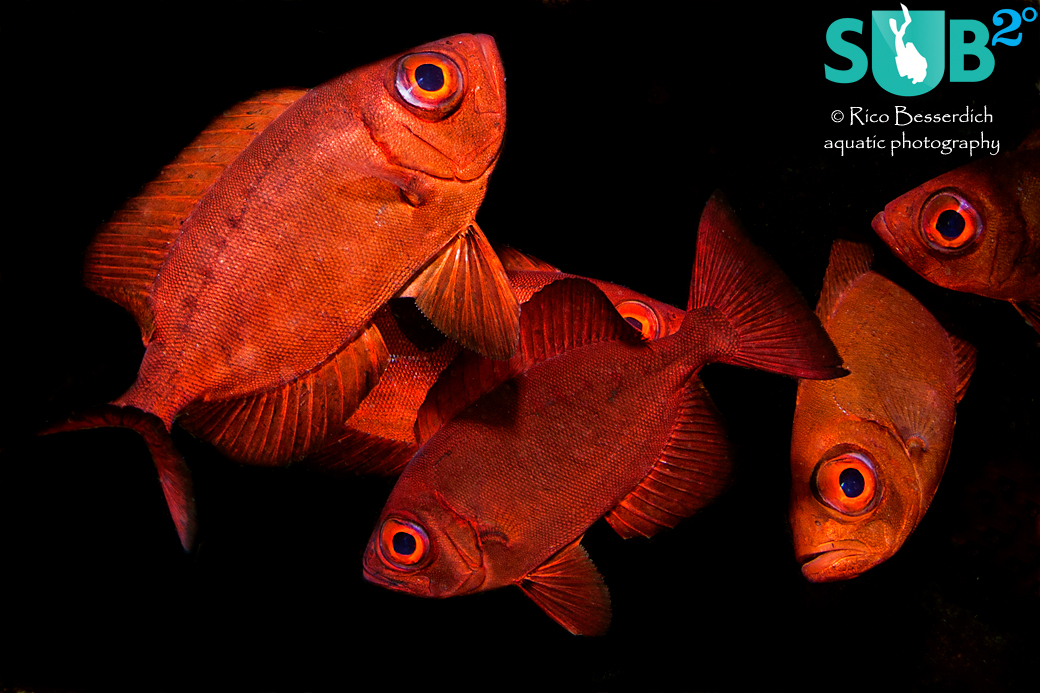
Red Revolution
Use your image reviews to develop your ideas during a dive trip. Do the digital postproduction when you're back home. -
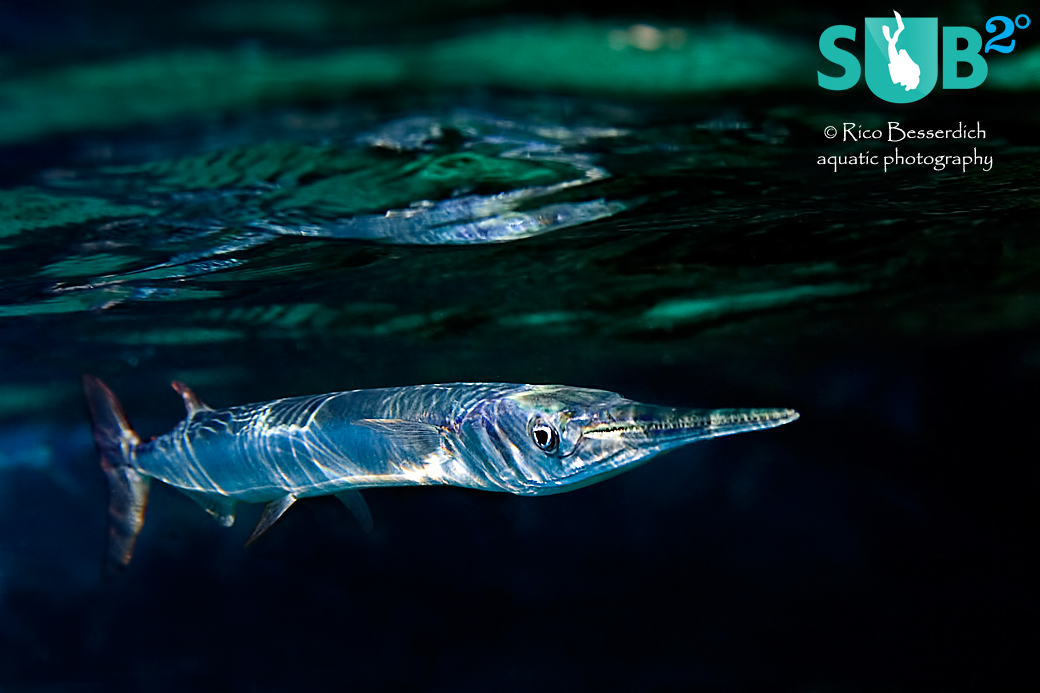
Below The Surface
Bear in mind that the camera LCD only shows you low-res JPG previews of your shots. -
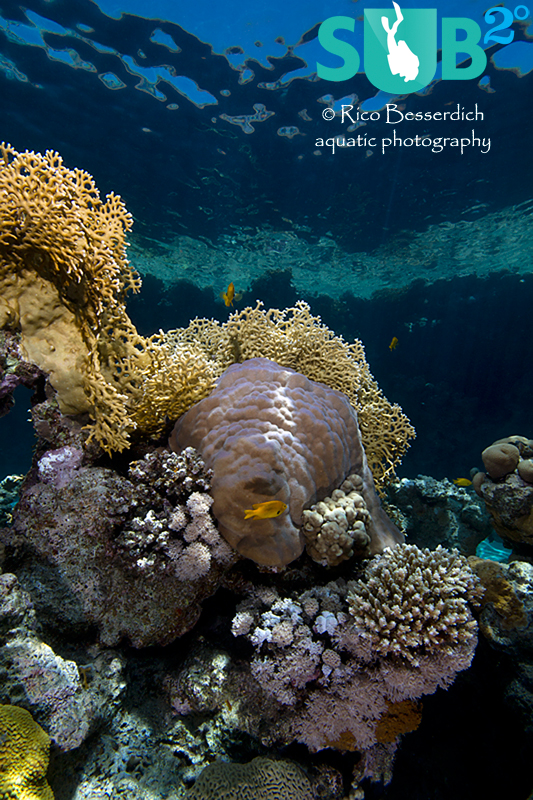
TriColor
Serious image review needs a computer screen. Only there can you see all details and colors.
Underwater Photography: Mindset Development Part 3
Now, after we've well prepared ourselves - and our photography equipment- for the photo dive (part 1 of this series) and finally did that dive (part 2 of the series), the final part of our mindset development is to think about about what to do after the dive. The idea is to stay organized, prevent stress, and do things systematically. Each successful underwater photographer has his/her own “master plan” on how to stay organized, but there are many things they all have in common. Let's have a look!
Keen UW shooters always think of their photo equipment first and of themselves second, after re-entering the dive boat, shore or wherever they planned to get dry again. The first step here is to take care of the camera in its housing. Larger dive boats and almost all shore-based dive centers have special rinse tanks, filled with fresh water. Turn your camera and strobe off and place them in a fresh water tank, preferably in one that is provided for photo gear (meaning not the one where people rinse the regulators or other scuba gear).
If there is no such a tank, use the fresh water shower to rinse the salt water away. Saltwater itself does not damage your underwater housing and strobe, as long as it stays wet, but once it dries, things could become tricky.
If there is no fresh water available, it is now time to remember the towel. What towel? Well, the towel that you have in your camera bag or box that was packed! Wet the towel and cover your camera (leaving it in its housing, of course) with it and store everything in a shady, safe place. This will prevent the salt from crystallizing, as long as the towel stays wet. You can rinse your UW photo gear later on, when you are back at home or in your hotel room.
Never open the camera housing before you've cleaned and dried it properly.
In between 2 dives (e.g. during your lunch break), the best place to store an underwater camera is always the freshwater rinse tank. Just leave it in there if possible. Push each button of the housing a couple of times while the housing is in the tank.
Keen photographers usually can't wait to review their recent shots directly after the dive, often while still wearing their neoprene suit and half of their scuba gear. That's fine, but please bear one thing in mind: Don't judge the photos by what you see in your camera's LCD display. No matter if you shoot RAW, JPG or DNG, the camera's LCD displays only a JPG preview in a very low resolution. Only by reviewing your photos on a computer with a larger screen AND by zooming in to 100% picture size can you find out which one is good and which isn't.
Unless a photo is not totally black or blurry, don't delete images directly from your camera while reviewing them on the camera's LCD screen. Sometimes, photos that don’t look so promising on the LCD (when seen on a larger screen) have that “little extra” something, and photos that look awesome on the first view on the LCD, don't appear as nice as when reviewed on a large screen.
Please keep in mind as well that the LCD screen consumes a lot of battery energy, so if you'd like to review your photos in between 2 dives, make sure that you have a spare battery with you, especially when you are using compact- or mirror less- cameras.
Once back home, you should transfer the images from the camera to a computer, regardless of whether the memory card still has space for more photos. Just stay organized and transfer your images after each day of diving. Empty the memory card to prepare it for the next day of diving. You may now charge the batteries (camera and strobes) as well.
Create folders sorted by date, location, or a specific photographic project you are working on and store your images in there. Once again, stay organized.
Hint: Do not start transferring images from the camera to the computer if the camera battery is already low. Replace the battery before the transfer or use a common card-reader instead.
Now, you can grab a beer and start reviewing your photos of the day on your computer. For the first round of selection, I recommend deleting only the really bad or unsuccessful images (totally out of focus, totally black etc). Stay calm if your RAW photos don’t look like they did while reviewing them on your camera LCD. Remember that LCD can't show you RAW images, it can show you only low-resolution JPGs that are often altered by the camera's own image processor.
If you are out for a couple of days for diving and photography, don't spend endless hours on post-production during your trip. These things are better left to do at home. However, during a dive trip you can review your photos for a primary selection, and for further developing on your idea. Your photo review can show you what to improve on or do differently during your next dive tomorrow. And don't forget your towel ;-)
<- Go Back to Part 2
Featured Posts
-
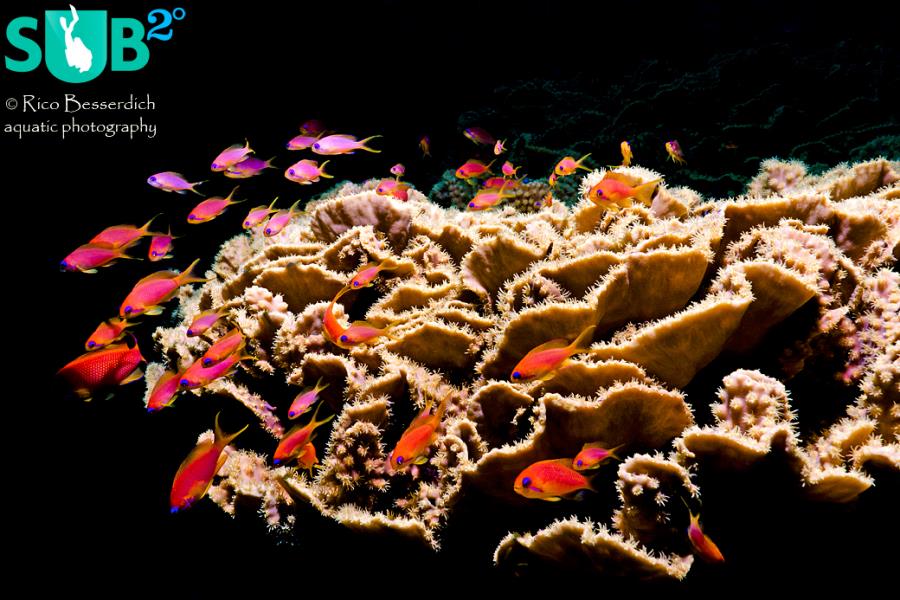
Please "Like" My Photo!
Once you've made some cool underwater shots, you would love to have more people notice your photos, for example by sharing them on Facebook. A path full of potential but lots of nasty obstacles on the way. Let's have a look!
-
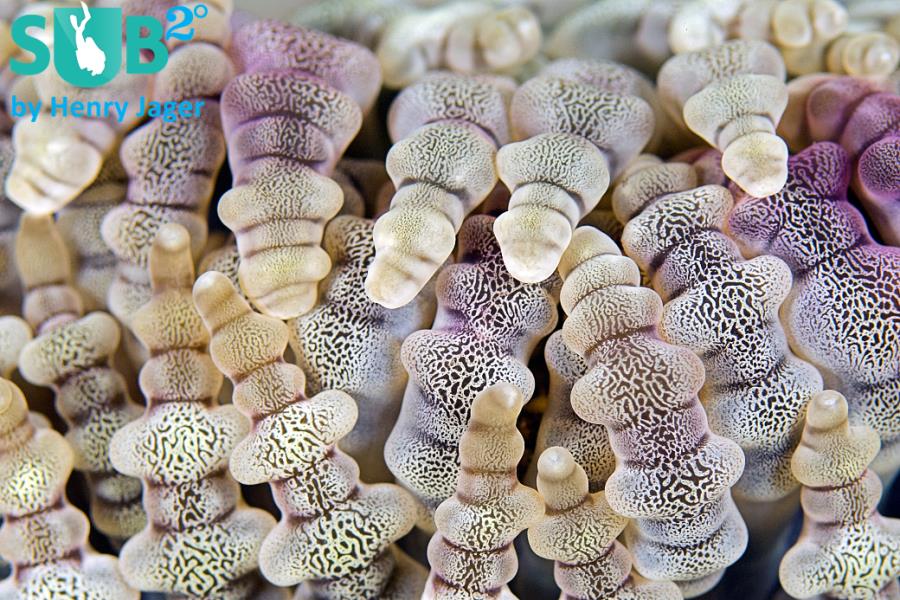
Reef-Art: Looking at the Reef...
Reef-Art shows fascinating insights to an underwater world, 99% of the divers never see. Reef-Art is the "Fine Art" of macro photography. It's a passion! The passion to bring your audience something they don't expect, they h...
-
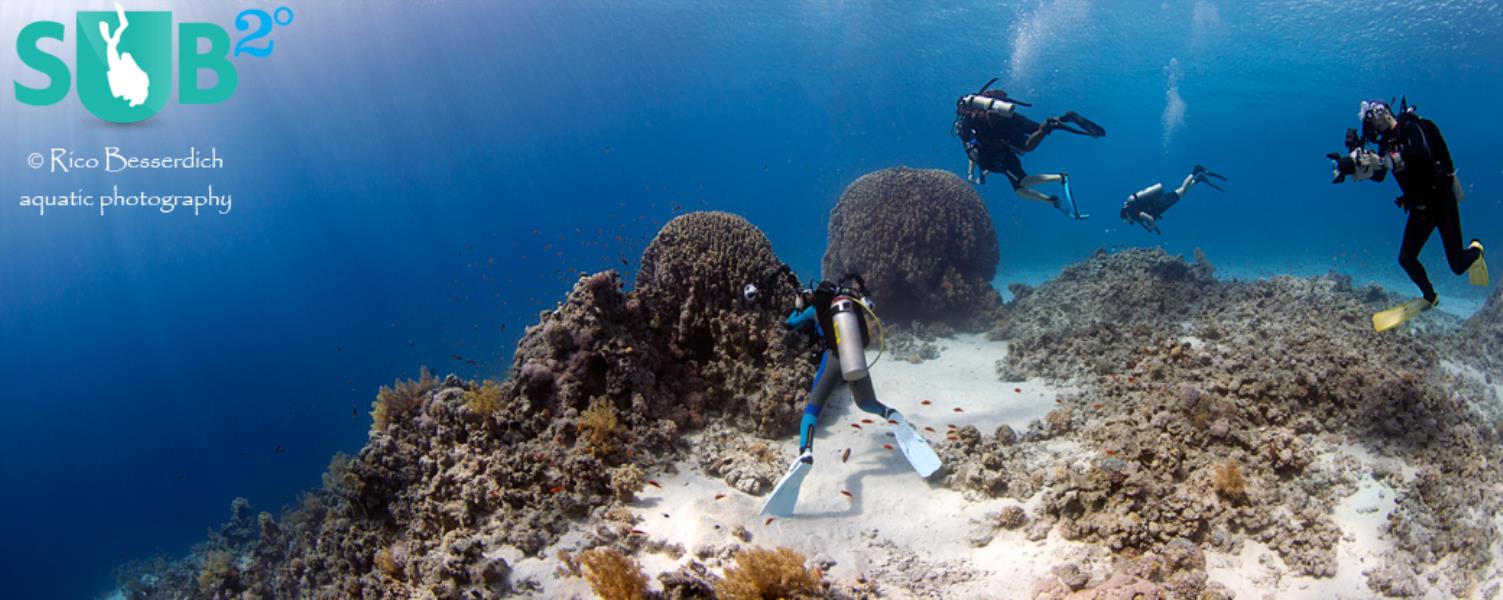
Underwater Photography: Shoot...
Are you ready for huge perspectives in your underwater photographs? Wide-angles are fine but do you want it even wider? Time to check out underwater panorama photography!


Load more comments
Frank Nelissen 12/17/2013 7:53:49 PM Again some very useful tips and handling often forgotten by many!
Rico Besserdich 12/18/2013 8:20:53 AM Glad you like it Frank ! Thank you :-)